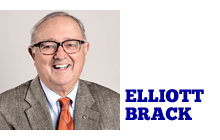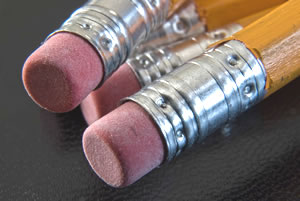By Elliott Brack, editor and publisher | How much do you know about the Atlanta Braves baseball team, and its history?
 Veteran Sports Reporter Ross Atkin in the Christian Science Monitor ran a quiz about the Braves, which we found most interesting. There were 25 questions, all multiple choice, with the right answer popping up after you made your choice.
Veteran Sports Reporter Ross Atkin in the Christian Science Monitor ran a quiz about the Braves, which we found most interesting. There were 25 questions, all multiple choice, with the right answer popping up after you made your choice.
Probably like most of us, we thought we knew the Braves’ background pretty well. We were saddened to score only 64 percent. So, how about it? Want to try this test of your Braves’ history? If so, click here.
And by the way, if you get a perfect score, take a “selfie” with your “100” showing in the background and send it to us. But be warned: we don’t think there will be a lot of perfect scores!
IT’S AMAZING what one single letter can do. Last week we got a quote for the Forum from always-productive John Titus of Peachtree Corners. We figured we had better check the spelling of the person being quoted, which we thought was the “Peanuts” creator, Charles Schulz.
John writes: “The quote which you published today I attributed to Charles Schurz and you thought I meant Charles Schulz. It was, in fact, made by Carl Schurz, a German revolutionary who emigrated to the US after the turmoil around 1848 in Europe. He supported Lincoln’s election, served in the Union Army, became a senator and cabinet member, and was also an author and publisher.
“The quote was apparently more extensive and read as follows: ‘Ideals are like stars; you will not succeed in touching them with your hands. But like the seafaring man on desert of waters, you choose them as your guides, and following them you will reach your destiny.’ It was in an address delivered at Faneuil Hall, Boston on April 18, 1859.”
Our apologies to John, the late Mr. Schulz and Mr. Schurz and our readers for changing…..only one letter.
HERE’S SOMETHING we’ve been meaning to print forever, for we find it interesting.
 In 1858 Hymen Lipman of Philadelphia patented the first pencil to have an attached eraser. The eraser-tipped pencil is still something of an American phenomenon; most European pencils are still eraserless. The humble pencil has a long and storied history, going back to the Roman stylus, which was sometimes made of lead, and why we still call the business end of the pencil the “lead,” even though it’s been made of nontoxic graphite since 1864.
In 1858 Hymen Lipman of Philadelphia patented the first pencil to have an attached eraser. The eraser-tipped pencil is still something of an American phenomenon; most European pencils are still eraserless. The humble pencil has a long and storied history, going back to the Roman stylus, which was sometimes made of lead, and why we still call the business end of the pencil the “lead,” even though it’s been made of nontoxic graphite since 1864.
Pencils were first mass-produced in Nuremberg, Germany, in 1662. The Industrial Revolution of the 19th century really allowed the manufacture to flourish. Before he became known for Walden and “Civil Disobedience,” Henry David Thoreau and his father were famous for manufacturing the hardest, blackest pencils in the United States.
Our common pencils are hexagonal to keep them from rolling off the table, and they’re yellow because the best graphite came from China, and yellow is traditionally associated with Chinese royalty. A single pencil can draw a line 35 miles long, or write around 45,000 words. And if you make a mistake, thanks to Hymen Lipman, you’ve probably got an eraser handy.
- Have a comment? Send to: elliott@brack.net











Follow Us